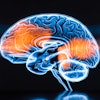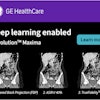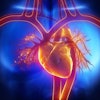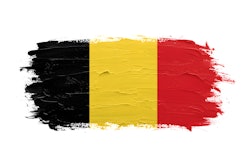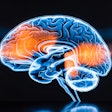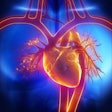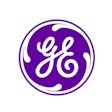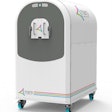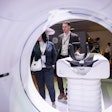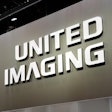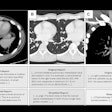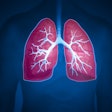Ahead of World Brain Day on 22 July, the Spanish Society of Medical Radiology (SERAM) is highlighting the value of CT and MRI in assessing head trauma.
Radiology plays a fundamental role in the initial assessment, diagnosis, management, and prognosis of traumatic brain injury (TBI), especially in severe cases, according to a press release issued by SERAM.
"Technical advances in MRI equipment are paving the way for a new classification of traumatic brain injury with improved prognostic correlation based on MRI findings," noted neuroradiologist Dr. Amaya Hilario Barrio.
CT is the technique of choice in the acute phase of trauma and allows for the identification of acute hemorrhage, fracture lines, and signs of intracranial hypertension, according to Hilario. It not only identifies the type of TBI but also defines surgical management.
“In patients with severe TBI, serial follow-up CT scans are necessary, as they correlate better with prognosis than the initial CT scan," Hilario said. "This is because more than 50% of patients with TBI will experience changes on CT, either spontaneously or after surgery, and these changes are especially significant in the first 48 hours after the trauma."
MRI is indicated in the subacute phase of trauma, especially when CT findings do not explain the patient's symptoms. It is superior to CT for detecting diffuse axonal injury (DAI), brainstem injuries, small contusions, and nonhemorrhagic injuries.
"MRI detects up to 30% more traumatic injuries than CT, and has a particularly prognostic value, as it better identifies diffuse axonal injury (extent and location), nonhemorrhagic traumatic injuries, and brainstem injuries," Hilario added. "It also complements prognostic models such as IMPACT and TRACK-TBI by incorporating imaging findings into traditional prognostic factors."
Hilario is first author on an article published in the journal Radiología. Read the full article here.
Read SERAM's World Brain Day 2025 bulletin here.

